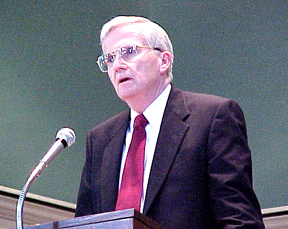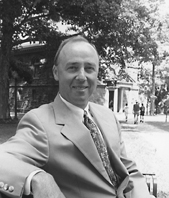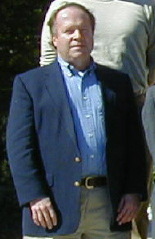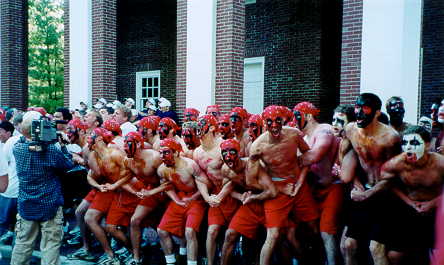Hierarchy
The community at Qumran maintained a strict hierarchy that was very important both in daily events and apacalyptic times. Order is important here, just as it is in other areas of life at Qumran. Below is the hierarchical chain for the Qumran community.
|
Title
|
Role
|
| The Guardian or 'Master' (maskil or mebaqqer) | taught the community how to live according to the 'Book of the Community Rule' |
| Twelve Chief Priests and Three Men | form the Council of the Community to preserve faith and justice and to punish the sinful |
| Twelve Chiefs of the Levites | act as chiefs and leaders of each of the twelve Levite tribes |
| Chiefs of the tribes | serve as chiefs and leaders of each tribe within the Levite tribe |
| Other members of the Community | all live and work according to their rank within each tribe |
| Non-members within the Community | those who are working to be initiated into the community and others who are studying within the community live and work underneath the other members |
The Wabash Community, much like the Qumran Community, maintains a strict and order hierarchy. This hierarchy is layed out and explained in the following flowchart.
 |
President of the College
|
The president of the college, Andrew Ford sits at the top of the Wabash hierarchy. He is the top decision maker and the person with the most power in the community. |
 |
Deans of the Students and College
|
The deans represent the next level of authority at Wabash. They control what goes on at the faculty and student levels. |
 |
Faculty
|
The faculty are the next level of the Wabash hierarchy. They must abide by the edicts of the deans, but have complete control over the students. |
 |
Seniors
|
Seniors come before all other students. They have been in the community the longest and, therefore, receive more respect than the other upperclassmen and freshmen. |
 |
Upperclassmen
|
All other upperclassmen fall just below the status of the seniors. |
 |
Freshmen
|
Last, and most certainly least, in the Wabash hierarchy are the freshmen. They come to the community in the fall of each year and are subjected to harsh working and living conditions until they have earned their keep in the Wabash Community. |
